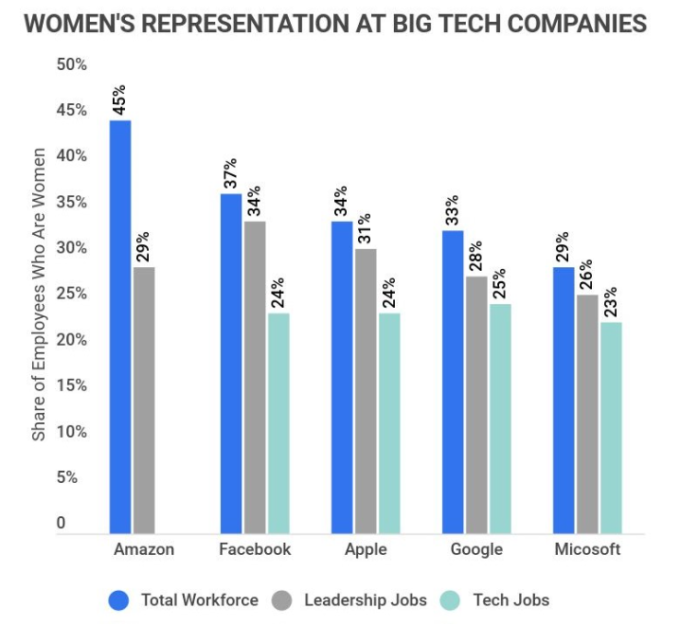The metaphor of wildflowers in Sahana’s poem is significant. In nature, wildflowers grow and thrive in their natural habitat unaltered by people. The presence of wildflowers indicates the health of the biodiversity of our natural ecosystem. However, wildflowers are under threat: over the past 80 years, 97% of wildflower meadows in the UK have been turned over to cropland.
In the poem, Sahana’s wish to be unashamedly herself links to fundamental components of inclusion; a sense of belonging, authenticity, and uniqueness. These components enable people to be seen and treated as valuable for their unique identities even when dissimilar from others – must-have conditions for young talent in today’s workplace.
It is one thing to wish to be a ‘wildflower, unashamedly oneself’, but this cannot happen without deliberate, systemic change to create the environment for each of us to grow and bloom. When it comes to the gender gap, this means shifting the focus from “fixing” women so that they can fit into the existing status quo to “fixing” the system so that women and girls can thrive.
Slow progress shows the need for a different approach
The most recent Global Gender Gap Report from the World Economic Forum, published in July 2022, estimated it would take 132 years to reach gender parity around the world, with just 68% of the gap closed. For example, despite legislation in several countries, no nation has so far achieved pay parity for similar jobs.
Conditions for women vary greatly across the globe. Iceland, the global leader in the report’s rankings, has closed more than 90% of its overall gender gap, and emerging economies such as Rwanda, Nicaragua, and Namibia also feature in the top ten. At the other end of the scale, Afghanistan has closed less than 44% of its gender gap, and India and Japan rank well below their relative economic and political standing in the world.
Perhaps most striking in the report, from a business perspective, is the imbalance that exists between the near parity rating for educational attainment globally and disappointing figures for economic participation and opportunity, where just 60% of the gender gap has been closed. Labor force participation for women is at its lowest level since the report was introduced in 2006, exacerbated by the , which reinforced societal expectations of women as caregivers.
This uncomfortable disparity between educational attainment and economic participation underlines the need for change at a systemic level to address the gender gap in the workplace.
Young girls and women do not need to read this report or any similar survey to understand the complex challenges they face every day at work. Despite legislation in many European countries enforcing equal pay for similar roles, on average, women in the European Union work for two months for free each year relative to their male colleagues. Despite supportive legislation, women face a motherhood penalty for having children and face the same old glass ceilings when it comes to positions of seniority. In the US tech industry, the turnover rate is more than twice as high for women and nearly four in ten women in tech report witnessing gender bias at work.
Systemic and cultural change is needed
We have seen what can be achieved in education once the appropriate resources and structures are in place – according to the WEF, nearly 95% of the gender gap has been closed globally, with 29 countries at full parity. This has required systemic transformation and commitment at all levels of the educational system. This systemic commitment to achieve gender parity is needed in the workplace.








